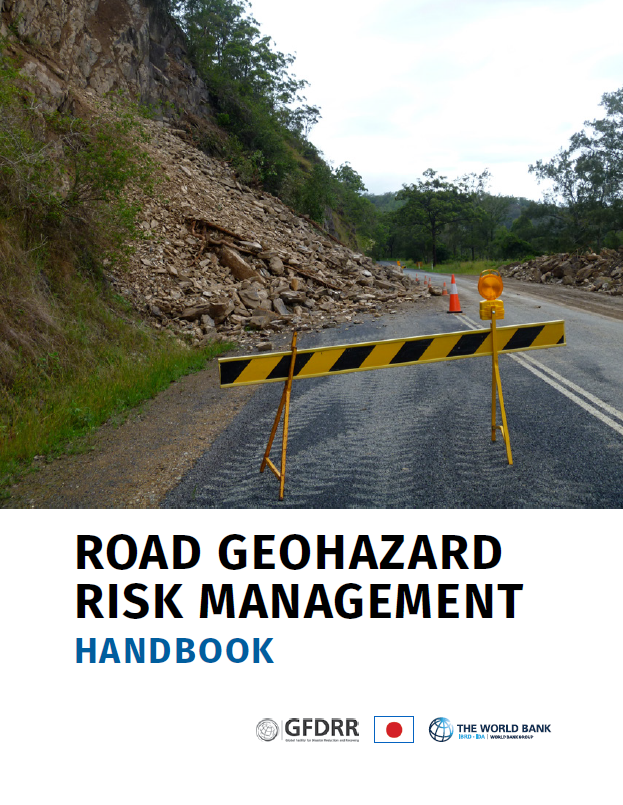Geohazards may result in the loss of human life, extensively damaged infrastructure, and suspended or disturbed traffic and services such as water and energy supply.
Generally speaking, roads should be robust and resilient to provide reliable access to emergency services and to be used as evacuation routes. They should also contribute to an efficient local recovery process after a geohazard event.
This handbook outlines an approach to proactively manage the risks of geohazards on roads, road users, and the people living near and affected by roads through:
- Improving understanding of the risks of geohazards throughout the road infrastructure cycle;
- Promoting risk avoidance on the alignment of new roads or the realignment of existing roads to manage construction costs, maintenance costs, and losses from geohazard-induced traffic disruptions;
- Protecting road users through preparedness, including measures for early warning, precautionary road closures, and access to emergency services and evacuation routes; and
- Contributing to the speedy recovery and reconstruction of roads after geohazard events and to the mitigation of future geohazard events.
See also:
Road Geohazard Risk Management Appendix A (Terms of Reference) and Appendix B (Operations Manual)
Road Geohazard Risk Management Appendix C: Japan, Serbia and Brazil Case Studies

